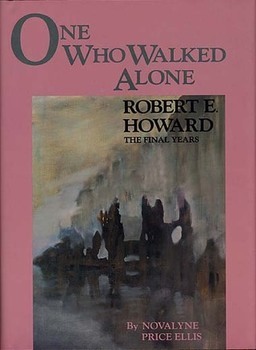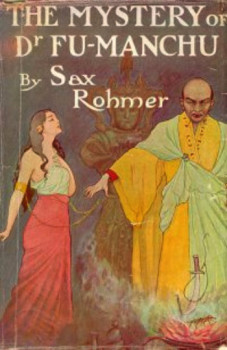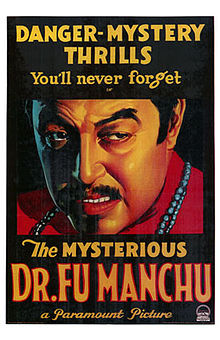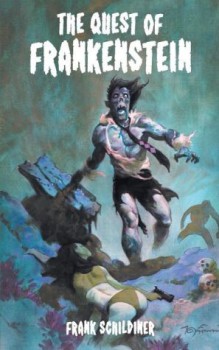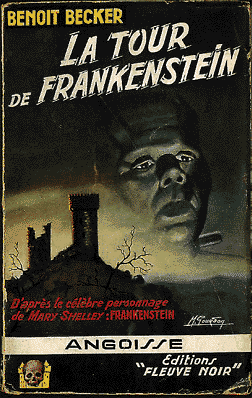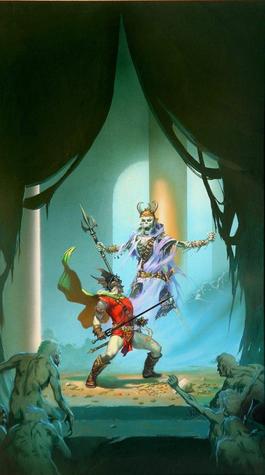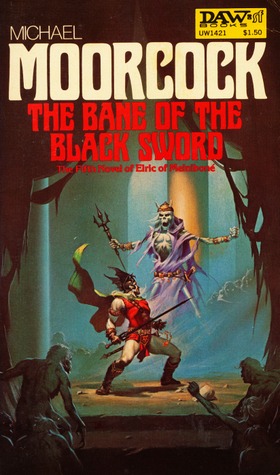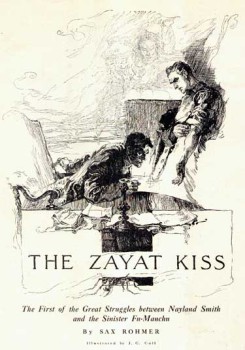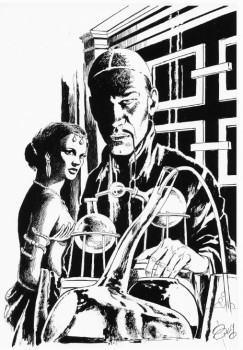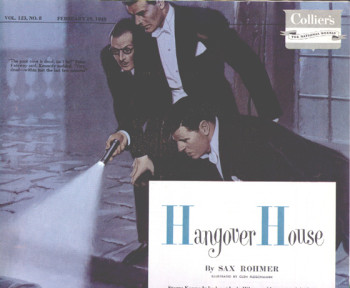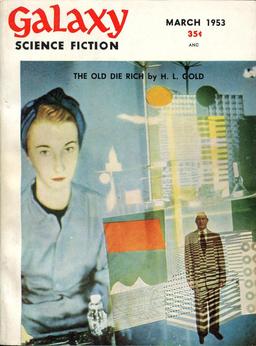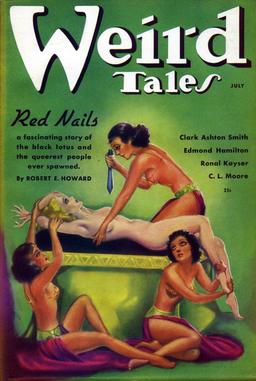Classically Awful or Awfully Classic: A.E. Van Vogt’s The World of Null-A
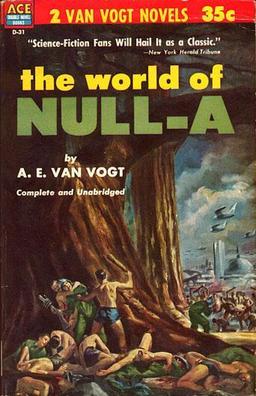 Alfred Elton van Vogt (1912-2000) is one of the great names of 20th century science fiction, and not just because the moniker sounds so odd, like it belongs to a mad scientist in a lurid Gernsbackian tale, the kind where “cosmic rays” are used to mutate the sleepy denizens of the city zoo into panicky prehistoric behemoths, which then rampage through the streets, spreading riot and chaos, thus allowing a cabal of sinister foreigners to hijack the metropolis’s secret supply of plutonium in order to build a colossal… sorry. Got a bit carried away there; once you’re in full Pulp Mode it’s hard to disengage. Back to A.E. van Vogt.
Alfred Elton van Vogt (1912-2000) is one of the great names of 20th century science fiction, and not just because the moniker sounds so odd, like it belongs to a mad scientist in a lurid Gernsbackian tale, the kind where “cosmic rays” are used to mutate the sleepy denizens of the city zoo into panicky prehistoric behemoths, which then rampage through the streets, spreading riot and chaos, thus allowing a cabal of sinister foreigners to hijack the metropolis’s secret supply of plutonium in order to build a colossal… sorry. Got a bit carried away there; once you’re in full Pulp Mode it’s hard to disengage. Back to A.E. van Vogt.
Van Vogt was a giant of the golden age of the 40’s, first appearing in John Campbell’s Astounding Science Fiction with the short story “Black Destroyer” in 1939. In the years that followed, he dominated the pages of the magazine with countless short stories and novels that even today are regarded as classics, among which the best known are Slan, The Empire of the Atom, The Voyage of the Space Beagle, The War Against the Rull, The Book of Ptath, and The Weapon Shops of Isher. (He frequently incorporated his short stories into his full length books; van Vogt was a pioneer of the “fix-up” — a term he coined — in which a novel is cobbled together from earlier, shorter pieces.)
In an era in which many of the SF writers of the 40’s and 50’s (some of major importance) have vanished from the shelves, most of the van Vogt books I’ve mentioned are still in print, and he remains influential — and controversial. (He did a short stint as a cheerleader for L. Ron Hubbard’s dianetics, for instance.) His writing seems to be equal parts sublime and appalling, and any discussion of van Vogt must sooner or later get around to addressing one simple question: can a “classic” be a godawful, incoherent mess?
